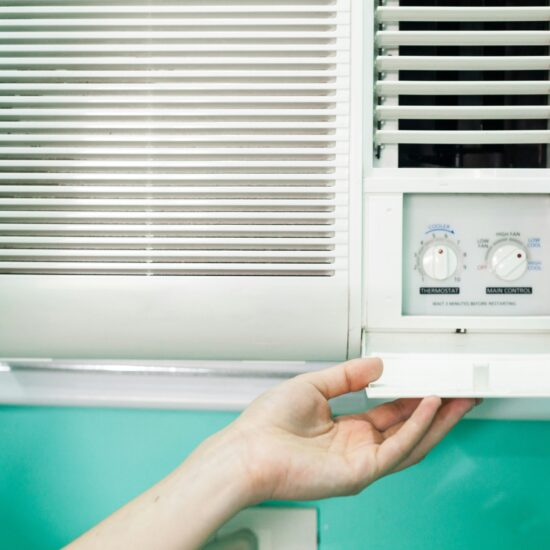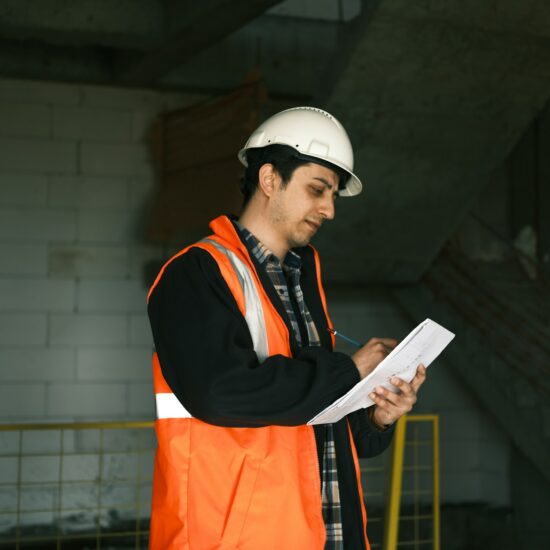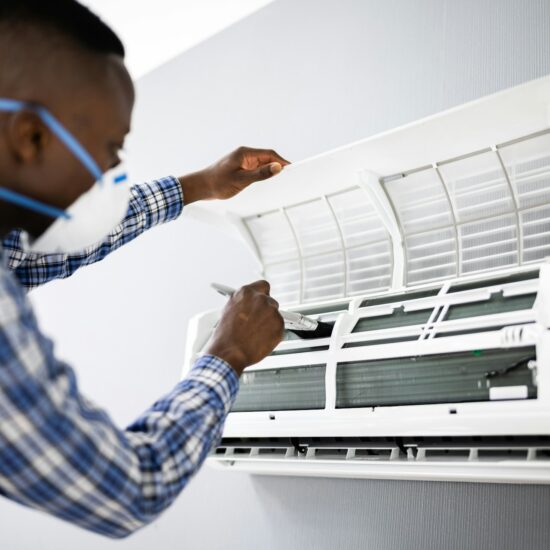Heating, ventilation, and air conditioning (HVAC) systems are integral to the comfort of indoor environments, be it homes, offices, or various commercial spaces. When these systems falter, they can disrupt daily life, potentially causing discomfort and inconvenience. Effective troubleshooting of HVAC systems ensures that issues can be identified and resolved quickly, restoring optimal functionality. Knowing where to start and what to look for is the first step in tackling common HVAC issues.
As you approach HVAC troubleshooting, your understanding of the system’s basic components is crucial. Components such as the thermostat, furnace, condenser, and ductwork each play a role in the overall operation and can be sources of problems. Regular maintenance can prevent some issues, but wear and tear is inevitable. By learning the signs of common issues and performing systematic checks, you can diagnose problems more accurately.
To address these issues efficiently, it’s important to have a structured approach to troubleshooting. This involves checking the most accessible components first, such as filters and thermostats before moving on to more complex elements like the blower motor or refrigerant levels. A methodical approach helps in pinpointing the exact issue, saving time and often reducing the cost of repairs. Your ability to recognize early signs of malfunction and take appropriate action can extend the lifespan of your HVAC system and ensure your comfort throughout the year.
Common HVAC Problems
As a homeowner or facility manager, you likely encounter a variety of HVAC issues. Here we discuss the most common ones that might affect your system’s performance.
Thermostat Issues
Your thermostat acts as the control center for your HVAC system. If it’s not functioning properly, you may experience issues like no heat or air conditioning, or erratic temperature changes. Common thermostat problems include incorrect calibration, wiring issues, or a complete failure of the device.
Airflow Problems
Proper airflow is crucial for efficient HVAC performance. When airflow is restricted, your system works harder, increasing wear and tear. Look for signs such as uneven temperatures across rooms, weak air coming from vents, or unusual noises from the HVAC unit. These can indicate blocked ducts, closed or obstructed vents, and even issues with the fans.
Dirty Filters
Your HVAC’s air filters should be checked and replaced regularly. Dirty filters restrict airflow and overwork the system, leading to potential malfunctions. Here’s a simple check:
- Inspect: Once a month, remove the filter and hold it up to light.
- Evaluate: If you can’t see light through it, it’s time for a replacement.
- Replace: Ensure the replacement filter matches your system’s requirements.
Refrigerant Leaks
Refrigerant leaks can cause your HVAC system to lose its cooling power. Signs of a leak include a noticeable decrease in cooling capacity, ice building up on refrigerant lines, and higher than normal energy bills. Refrigerant issues need immediate attention from a professional to prevent further damage or inefficiencies.
Electrical Failures
Your HVAC system relies on an intricate network of electrical components. Over time, wires can become loose or corroded, and capacitors can fail. Symptoms of electrical failures include:
- The HVAC system won’t turn on or frequently turns on and off.
- Tripping circuit breakers when the system starts.
- A burnt smell or buzzing noises from your HVAC unit.
Electrical problems should be diagnosed and repaired by a qualified technician to ensure safety and proper system functionality.
Diagnostic Techniques
In HVAC troubleshooting, precise diagnostic techniques are crucial to identifying and resolving system issues effectively.
Visual Inspections
Begin with a thorough visual inspection of the HVAC system. Ensure all components appear intact and correctly installed. Look for signs of wear, corrosion, or damage in the:
- Ductwork
- Compressor
- Condenser coils
- Evaporator coils
- Blower motor
Testing Components
Testing individual components is essential for isolating issues. For example, test the capacitor using a multimeter to ensure it has the correct capacitance value as specified by the manufacturer. Continuity tests can verify if there are breaks in electrical circuits within components like fuses, switches, and fans.
Reading Schematics
To effectively troubleshoot, you need to understand the HVAC system’s wiring and design. Reading schematics allows you to trace wiring routes and pinpoint where electrical connections should occur, ensuring proper system function. Familiarize yourself with symbols and diagrams that reflect your HVAC model.
Using Multimeters
Utilize a multimeter to measure voltage, resistance, and current. When using a multimeter:
- Turn off the system.
- Set the multimeter to the appropriate measurement type.
- Connect the multimeter probes to the test points
- Read the measurement and compare it to the acceptable range for the component.
Always ensure the multimeter is rated for the voltages and currents you’re measuring.
Pressure Measurements
Measuring pressures are vital in diagnosing refrigerant-related problems. Use a manifold gauge to check:
- Low-side pressure
- High-side pressure
Record the readings and compare them with the system’s pressure specifications to determine if the refrigerant level is correct or if there’s a leak.
HVAC System Types
When you’re dealing with HVAC issues, understanding the type of system you have is crucial as it affects troubleshooting methods.
Split Systems
Your split system is the most common HVAC configuration. It comprises two main units: one for heating and one for cooling. The cooling unit is usually located outside and includes the compressor, condenser coils, and an expansion valve. The heating unit typically resides inside and consists of a furnace and a fan to blow heated air through your home’s ductwork.
- Outdoor Unit: Compressor, Condenser Coils, Expansion Valve
- Indoor Unit: Furnace, Fan
Packaged Units
Packaged units are self-contained systems often housed on the roof or near the foundation of your home. This type of unit combines heating and cooling in one unit, which typically contains a compressor, a heat exchanger, and a fan.
- Single Unit: Contains both heating and cooling components
- Location: Roof or near the foundation
Hybrid Systems
Hybrid systems give you the benefit of energy efficiency by combining a gas furnace with an electric air source heat pump. These systems decide between the two energy sources to save on utility costs while maintaining comfort.
- Furnace: Gas-powered
- Heat Pump: Electric
Ductless Mini-Splits
With ductless mini-splits, you’ll have a system that doesn’t require ductwork, making it ideal for spaces where traditional ducted systems aren’t feasible. Each room or zone has an individual air-handling unit, giving you precise temperature control.
- Individual Air Handlers: Each room or zone
- No Ductwork Needed: Ideal for non-ducted spaces
Maintenance and Prevention Strategies
Regular maintenance is key to ensuring your HVAC system operates efficiently and lasts longer. By adhering to the following strategies, you can prevent common issues and reduce the likelihood of costly repairs.
- Monthly Inspection: Check your HVAC filters monthly. Replace them or clean as needed. Clogged filters strain your system and reduce indoor air quality.
- Seasonal Checks: Before heating and cooling seasons, assess your system. Clean coils, check refrigerant levels, and inspect wiring and moving parts for wear or damage.
- Annual Professional Service: Schedule an annual check-up with a certified HVAC technician to ensure your system is in optimal condition.
- Thermostat Settings: Keep your thermostat at a consistent setting where possible. Drastic changes can cause your system to work harder.
- Clear Area: Keep at least 2 feet of space around outdoor units clear of debris and plants to ensure adequate airflow.
- Duct Repair & Maintenance: Seal any leaks in ductwork. Consider having them professionally cleaned every few years to maintain efficiency.
- Insulation: Properly insulate your home to reduce the workload on your HVAC system.
By following these maintenance and prevention strategies, you can increase the longevity and efficiency of your HVAC system. Remember, regular checks and timely repairs can save you money in the long run by avoiding larger issues.
Schedule an HVAC Service with us today for maintenance, installation, and repairs.




